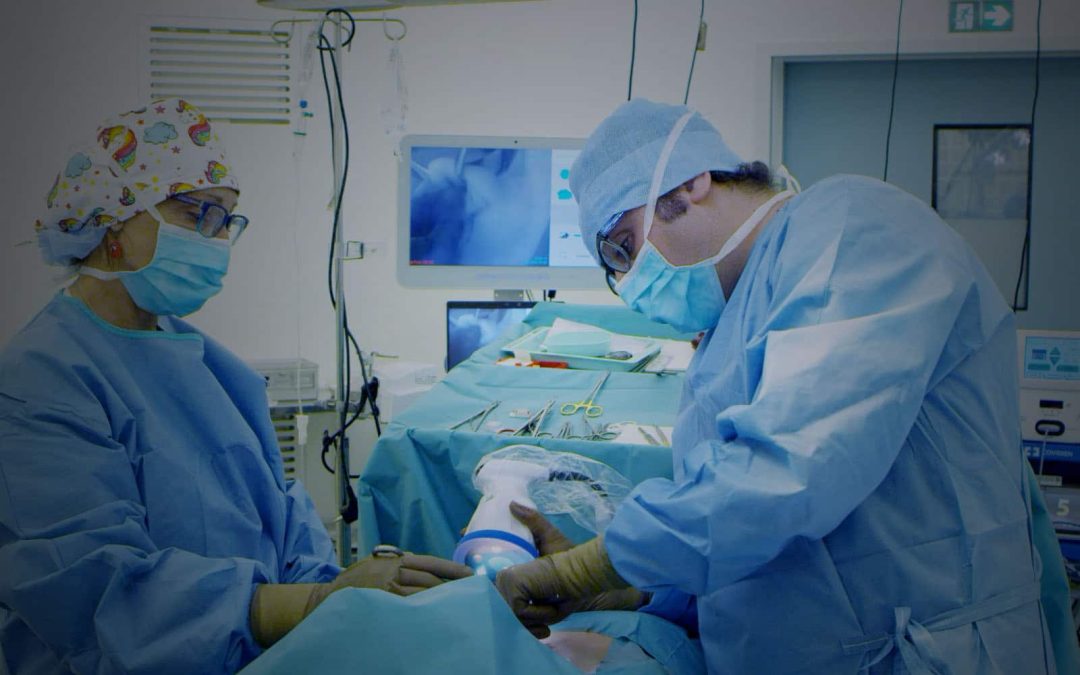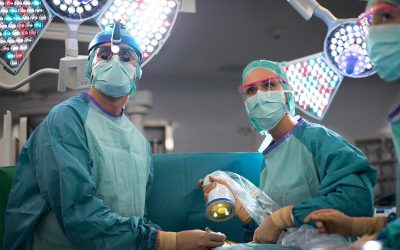Types of thyroid nodules
Thyroid nodule: definition
The different types of nodules
Cold or inactive thyroid nodules: benign in 95% of cases, these nodules are totally painless and not associated with any particular symptoms (normal thyroid function).
Hot or active nodules: these are benign nodules that secrete large quantities of thyroid hormones and may be associated with hyperthyroidism.
Cyst: a cyst is a benign condition and is a bag filled with liquid or blood. However, it may grow and become uncomfortable or even painful (it requires monitoring).
Also to be read
Associated thyroid diseases
Subacute thyroiditis presents as an increase in the volume of the thyroid and is accompanied by pain and fever.
Chronic lymphocytic thyroiditis such as Hashimoto’s thyroiditis, which is an auto-immune disease that can lead to hypothyroidism. To find out more about foods that help control Hashimoto’s disease, read our dedicated article.
The presence of several thyroid nodules can form a multinodular goitre (a cytological analysis is performed to determine if any of the nodules are cancerous).
Cancer nodules account for 5% of thyroid nodules (thyroid cancer) and require surgery (thyroidectomy). Medullary thyroid cancer (MTC) is a rare form of thyroid cancer (4% of cancer cases).
What medical tests are carried out on the thyroid?
- When a thyroid nodule is detected, a series of additional tests are prescribed to establish an accurate diagnosis.As a general rule, two tests are carried out systematically:
- ● A blood test to evaluate the dosage of TSH in the blood (hormone secreted by the pituitary gland that regulates the secretion of T3 and T4 hormones from the thyroid gland).
● An ultrasound to determine the characteristics of the nodule (nodule size and location) and to assess the risks of cancer.A fine-needle biopsy is performed on suspicious nodules (with or without local anaesthesia): this 20-minute procedure consists in removing some of the cells from the suspicious thyroid nodule using a needle to investigate the possible presence of cancer cells.However, this test is not always conclusive and it sometimes needs to be carried out again. Thyroid nodules are often difficult to visualise and thus require additional tests and more reliable imaging techniques in order to make an accurate diagnosis.Thyroid scintigraphy is indicated in cases involving the secretion of large quantities of thyroid hormones. This technique consists in injecting a radioactive product (iodine 123) which then binds to the thyroid cells to produce an accurate mapping of the activity of the thyroid gland.A cervical scan combined with an MRI is also indicated when a thyroid ultrasound fails to accurately pinpoint the specific features of the suspicious nodules.
How can thyroidectomy surgery be made safer?
Depending on the results of the various tests, thyroid surgery (partial or total) may be required. In the case of total thyroidectomy, surgeons must make sure they preserve the parathyroid glands as these are very small and sometimes concealed by the thyroid.
In order to preserve these glands and avoid post-surgical complications (such as hypocalcaemia), FLUOBEAM® LX, an innovative fluorescence imaging device, is used to make the actions of the surgeon safer by significantly improving the visualisation of the parathyroid glands.
For more information
Avoiding complications after thyroidectomy




